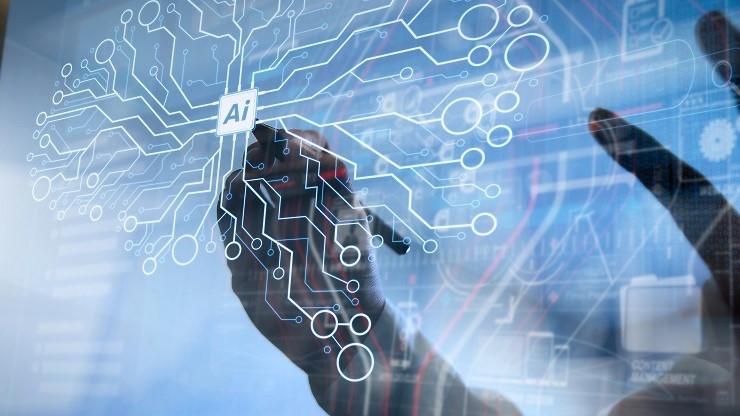Dr. Jürgen Prokop
Medical devices
Not so long ago, Generative AI began to reshape the way engineers develop systems and software for medical devices. Now companies are pondering how they can use AI to develop and roll out products that much faster – and perhaps even at lower cost. Fully automated tools may well figure prominently in the future of product development. But are we prepared for a change as disruptive as this?
Software development used to be so much simpler back in the day. Developers were responsible for all the to-dos of a project. From requirements management and coding to documentation, testing and deployment, they exerted a great deal of control over the entire agenda. Software-intensive systems grew more complex and the pressure to cut costs mounted, giving engineers an incentive to automate manual tasks. Today, we face new challenges. One is how to deal with recurring tasks that require creativity and are thus difficult to automate. This is where Generative AI enters the picture. It has the potential to take on these types of creative tasks. The challenges we observe here are complex processes and manual approaches that are always highly individual. Facing these challenges, we believe that there can be no one-size-fits-all solution for push-button product development .
The writing of good requirements, an oft-neglected discipline, has a tremendous impact on the work that follows. Looking at this task from today’s vantage point, we have to ask what kind of support can AI provide? In the course of our AI-assisted engineering initiative, we acquired experience in prompt engineering, investigated single-prompt approaches and explored multi-agent approaches. Large language models (LLMs) merit special mention here for their power to transform unstructured requirements into formal language, for example, to make the most of requirements-in-the-loop (RiL) simulations.

AI assistants can indeed be engineered to review requirements for testability, uniqueness, conflict detection and other criteria. They can also be made to deliver findings and suggestions for improvement. However, humans remain the arbiters of quality. At the end of the day, they decide which AI-generated suggestions will be adopted.
Now let us hop from the left side of the V-model to the right, to testing: Why not simply call up a chatbot, punch in the source code and get a full-blown test specification? The problem is that every project comes with many constraints and limitations that make this kind of automation difficult. It takes a lot of information to proceed – far more than any short prompt could possibly hold. For example, it would have to contain background info on source code interdependencies, test frameworks, constraints on creating tests, software unit requirements and the like.

You would have to connect requirements and test management systems such as Polarion or Doors to factor all this into the equation and then be able to integrate Generative AI efficiently into your day-to-day development efforts. One of the ways in which we create test case specifications involves OpenAI assistants. They can access requirements and the associated test specifications via Polarion, an application lifecycle management tool.
The world of software and product development is changing, but the autonomous AI developer is still a remote prospect. Even so, today’s AI assistants can already be a big help. The trick is to integrate these tools and assistance features into development routines; to make them productive parts of the development process. The responsibility and the quality check remain, same as it ever was, in human hands. Every organization is likely to take a different path to an AI-assisted future. In our view, that journey requires a change in mindset, flexibility, the willingness to learn, a responsible approach and also the openness to engage critically with GenAI.
We are already helping our customers to identify significant potential here. We would also like to discuss further use cases of GenAI improving your development processes. Please feel free to contact us.